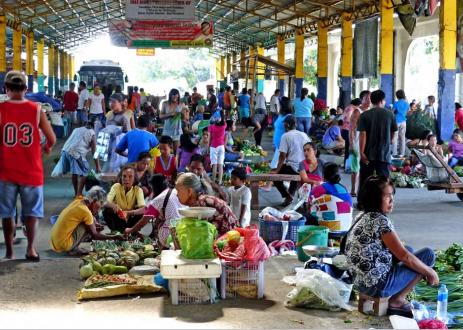城市研究研讨会系列:土地利用和运输可及性工具
目前,与世界银行合作,我们拥有一个开源软件平台,用于衡量可访问性,土地使用和运输可访问性工具,我们正在向政府官员提供。该工具利用Opentripplanner发动机的功率和打开标准化数据来模拟块级可访问性。该工具的附加值(免费和用户友好)是它可以轻松计算各种机会和运输方案的可访问性的能力。迭戈将进行演示,提供有关如何使用公共交通来评估访问性分析的示例,比较不同的运输场景和项目以及土地利用模式。大多数城市运输项目都致力于提高公民在城市内自由移动的能力。通常,这是通过居住在运输停靠站的0.5公里的人口所占的份额,每单位时间的最大旅行距离或城市中的运输基础设施量来衡量。采取这种“接近性”措施来监控城市流动性,导致了拥挤的公路网络和公共交通系统,这些系统未能将工作和服务带入居民的实际影响范围内,尤其是穷人。基于接近度的措施代表了捕获过境系统的真正目标的间接尝试:机会的可访问性。现在,新技术和更丰富的数据库可以使可访问性 - 工作,医疗设施,学校和其他必需服务的数量,例如30-75分钟,可以判断出机动性和设计的实用标准改善它的方法。 This accessibility criterion will be critical for achieving SDG 11, the United Nations’ Sustainable Development Goal to “make cities and human settlements inclusive, safe, resilient and sustainable.”
可访问性analysis has not always been feasible, but the growing availability of standardized data and computing resources, a transport project’s benefits to the residents of, say, a low-income neighborhood can be assessed with a metric more meaningful than a projection of reduced congestion or transit ridership. An accessibility analysis can show that improving multimodal options may yield far greater benefits than a focus on infrastructure or travel times. Indeed, the accessibility-based indicator has already been applied in numerous cities to calculate citywide accessibility of employment opportunities, schools, hospitals, retail centers, etc. The calculations have revealed areas that, for example, are densely populated yet have poor accessibility to one or many types of service. Similarly, the analysis can identify areas that have good accessibility but have a low population density and thus have potential for greater development.
扬声器:迭戈运河

